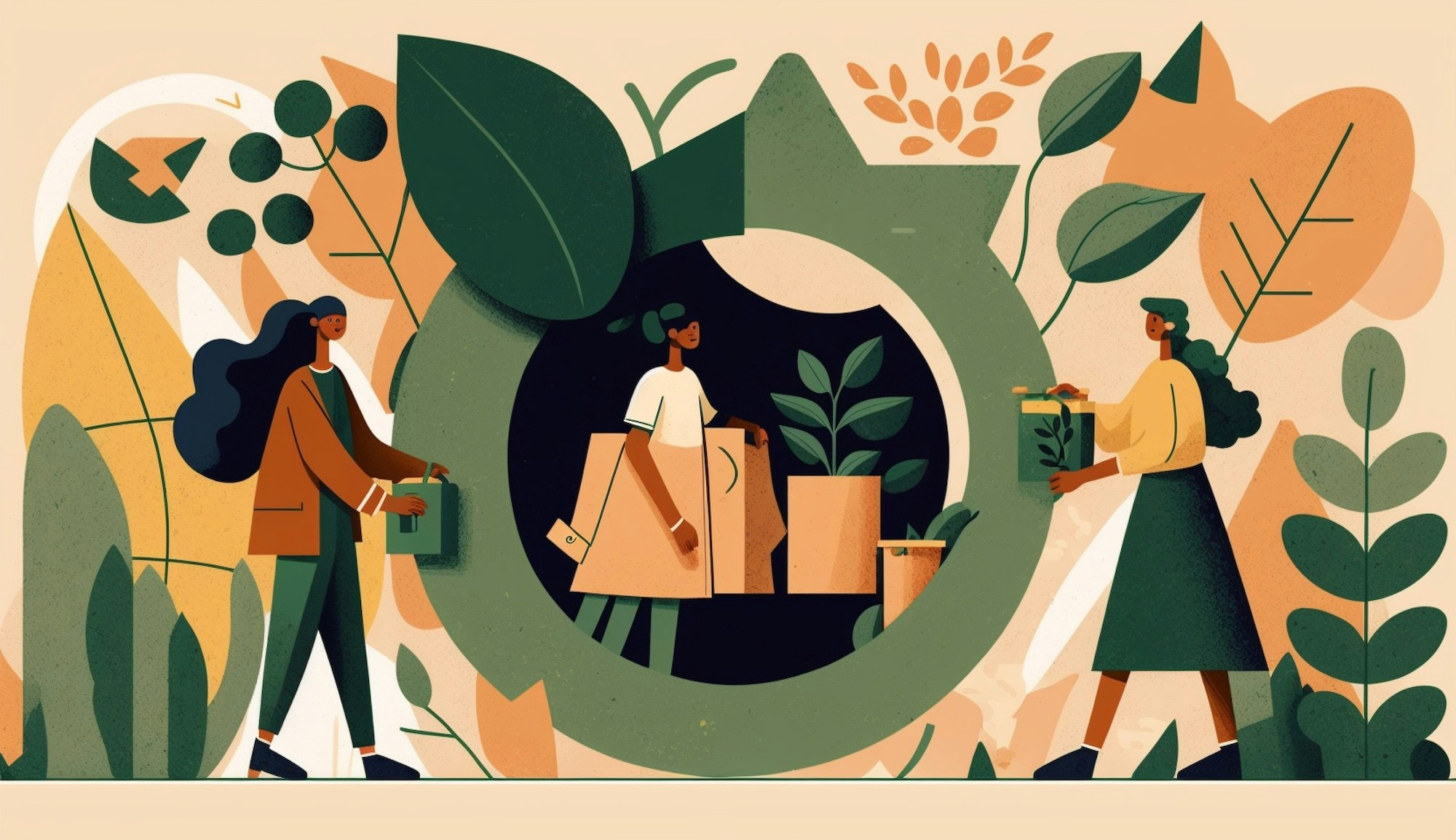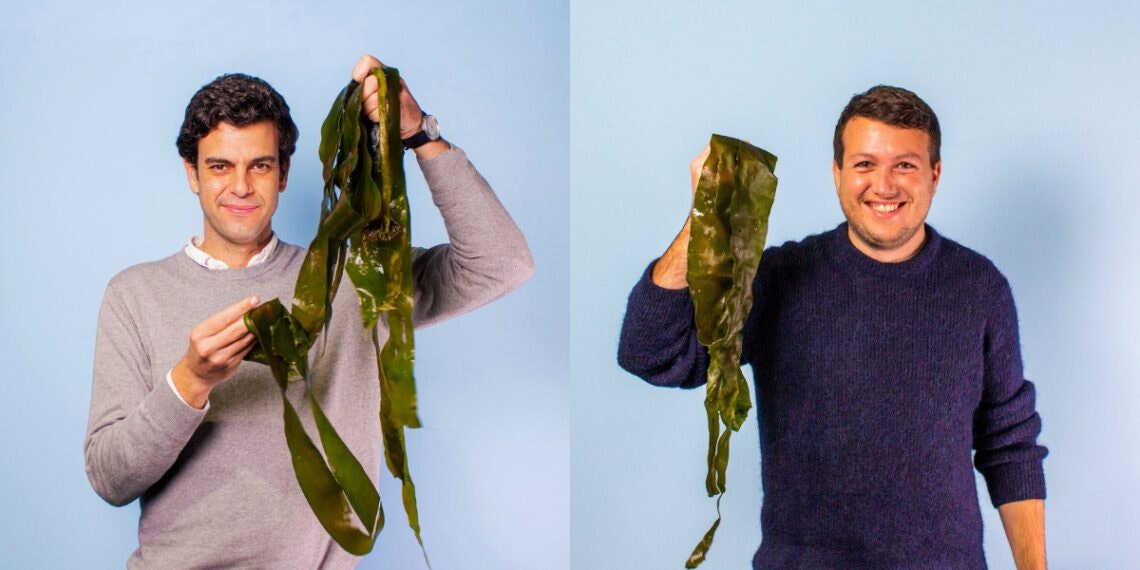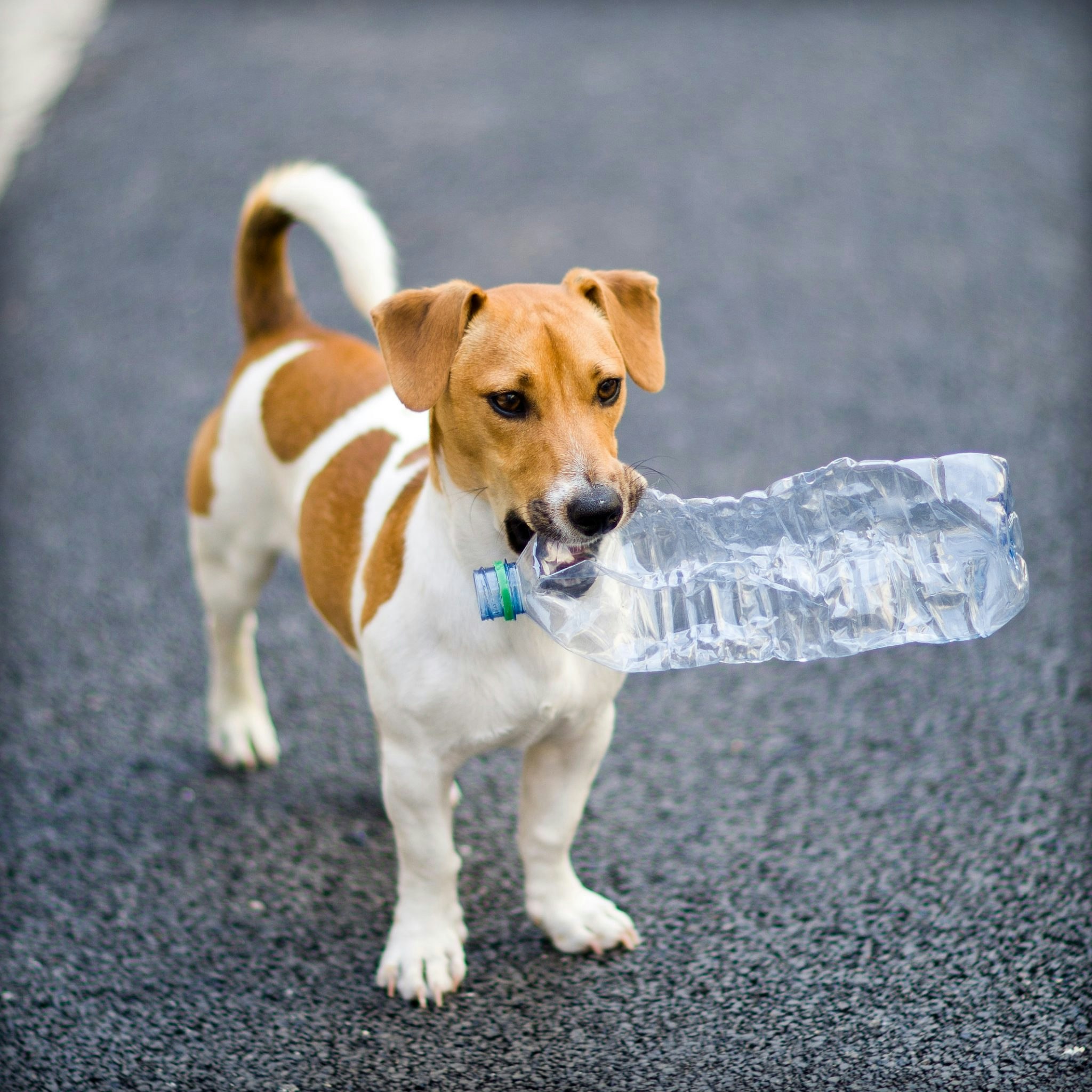Sustainable packaging is in vogue. Seaweed, edible sprays, mushrooms and wool are being used as packaging — and EU regulations are pushing for more sustainable packaging from companies.
But there are challenges to sustainable packaging going mainstream. There’s already pushback on regulations — and bioplastics make up less than 1% of the global plastics market.
We took a look at how the sector can overcome these challenges and what the new regulations mean for startups.
Fibre to save the planet?
Fibre-based packaging and sustainable coatings are two major sub sectors within the sustainable packaging industry, both aiming to replace plastics with materials that are both biodegradable and recyclable.
“There’s a lot of innovation taking place in the sector and we’ll continue to see more of it — for instance, cardboard and fibre-based materials are big now. So we can bet on this as we know that it works well and try to foster paperization,” says Guillaume Gras, investment director at the European Circular Bioeconomy Fund (ECBF).
Turning everything into paper — that's really happening. But at the same time, we need to make paper better
He says that as it stands, fibre-based packaging is the best bet: “Turning everything into paper — that's really happening. But at the same time, we need to make paper better, because there are some limitations such as the strength and resistance and it also lacks the barrier properties that plastic has.
“We’re looking for solutions that can improve the barrier properties of sustainable packaging, including fibre-based packaging. So that can come through additives or coatings, that should of course, not reduce the recyclability,” he says.
The price we pay
But, a major challenge facing the industry is achieving price parity, as plastics are traditionally cheap. However, as the production of sustainable alternatives increases and the industry matures, prices should go down.
“We’re planning to scale with our next round of funding — and when production and sales increase, the basic price point will reduce,” says Hanna Kalliomäki, chief sustainability officer at Paptic, a fibre-based packaging material producer.
400m tonnes of plastics are now being produced per year
Reports show that despite rising living costs, 71% of consumers are actively opting for products based on the sustainability of the product’s packaging.
“400m tonnes of plastics are now being produced per year and out of that 8m tonnes of plastic per year is going to the oceans and double that amount is going to the soil. Additionally, all plastic ending up in nature has the potential to split down to microplastic and end up in nutrition chains. So even at slightly higher prices, I’d say that we should still shift our consumer habits towards more sustainable alternatives,” says Kalliomäki.
Policy haste makes waste
Policymakers are feeling the pressure of the sustainable packaging race — 51 nations joined the High Ambition Coalition to End Plastic Pollution, which is pushing for a treaty that will limit plastic production. France and Belgium have introduced fines for non-recyclable packaging; the UK and other member states are expected to follow suit.
But at the same time there’s pushback on these regulations such as higher costs, hygiene concerns in reusing containers used and returned by consumers, cross contamination between food types which could potentially contain allergens, and logistics and higher water and energy use — especially if containers and bottles have to travel long distances to be refilled by the original company.
In an unprepared market, regulation can become a challenge for companies and countries to keep up. Hungary was recently reported, along with Romania, Croatia, Bulgaria and Slovakia, to have been “unambitious in their implementation” of the Single-Use Plastics Directive.
“Hungarian food and drink companies cannot use plastic cups anymore — but they also don’t have other alternatives so a lot of them just stocked up on plastic cups while they could still buy them,” says Manuel Milliery, founder of Papkot, a startup that offers a fully biodegradable and recyclable coating to give paper the same packaging quality of plastic.
“These kinds of regulations are a big push forward for us in the sustainable packaging industry, but it also cannot be rushed and imposed when there are no solutions at the scale required to replace it, or the market just isn’t prepared for it,” he adds.
Hungarian food and drink companies cannot use plastic cups anymore — but they also don’t have other alternatives so a lot of them just stocked up on plastic cups while they could still buy them
Janne Sokajärvi, managing director at Jospak Oy, a Finnish startup producing sustainable trays, says there should be standardisation in packaging regulations where possible, across countries.
“It’s difficult because independent countries have their own laws — but nobody can operate in an environment that will have different demands and requirements in every market. You can’t scale if each country has unique requirements.”
Greenwashing
Another argument for standardisation is greenwashing. Just like all other areas related to sustainability and climate, there is the risk of greenwashing in sustainable packaging.
“The difficulty with packaging is that communication is not always easy — brands want to use the package to communicate about the product, not necessarily about the packaging. So sometimes there’s packaging that claims to be green, even if it’s not actually green,” says Gras.
Kalliomäki says that standardised and reliable data is key for consumers and brands to compare and understand the true sustainability value of the different options available.
“There are a lot of packaging solutions in the market — and in stores — at the moment that are really complex. So I'm just guessing, comparing them and estimating which one is more sustainable,” she adds.
How much packaging is too much packaging?
The numerous subgroups within the sector can also become difficult for brands and consumers to communicate and understand what will happen and should be done with the packaging after use.
For example, if something is described as “biodegradable”, it means it’s designed to break down into oxygen, water, biomass and salts. “Compostable” materials are a subgroup of biodegradable materials that break down when they go through composting facilities.
While bioplastics are made from organic materials, not all biodegradable plastic is biobased, and not all biobased plastic is biodegradable, notes Kalliomäki — making it difficult to recycle at scale. Recycling methods and rates also vary across Europe which makes it difficult to achieve a harmonised waste solution.
Kalliomäki says that this is also one of the upsides of fibre-based packaging. Unlike plastic waste that can’t be recycled together, different kinds of fibre-based materials can be recycled together.
Today there are over 200 different environmental labels being used in consumer products, and of course, consumers don't have the ability to know what these labels say or don’t say
She adds that the packaging industry needs harmonisation and rationalisation in how many materials are being produced as “simplifying the use of the packaging materials would be really good from a sustainability perspective” — both for end consumers and brands transitioning to sustainable alternatives.
“Today there are over 200 different environmental labels being used in consumer products, and of course, consumers don't have the ability to know what these labels say or don’t say,” Kalliomäki says.
But there’s hope. The EU’s proposed green claims law aims to make green claims reliable, comparable and verifiable across the EU with clear criteria on how companies should prove their environmental claims and labels.
Kalliomäki adds that once regulation is rationalised, it’s the responsibility of brands “to communicate this in a transparent and simplified way to consumers — because they are really the gatekeepers who have the power to shift consumers to sustainable consumption”.


